A New Way to Teach Subtlety
In this article you can focus on the commentary, the screenshots are just there so you know where the citations come from in the literature.
Language Blending, also referred to as Translanguaging, the creation of Bridge Language, and also sometimes Multilinguality, is cross-language teaching and elucidation that yields rapid conceptual understanding and meta-linguistic comprehension, almost as if multiple cities were each being built in the landscape of the brain, and the routes and paths between each city were getting stronger the more the languages were criss-crossed.
Language Blending, also called Translanguaging, and also referred to as Bridge Language, is a technique only recently exposed in the academic literature.
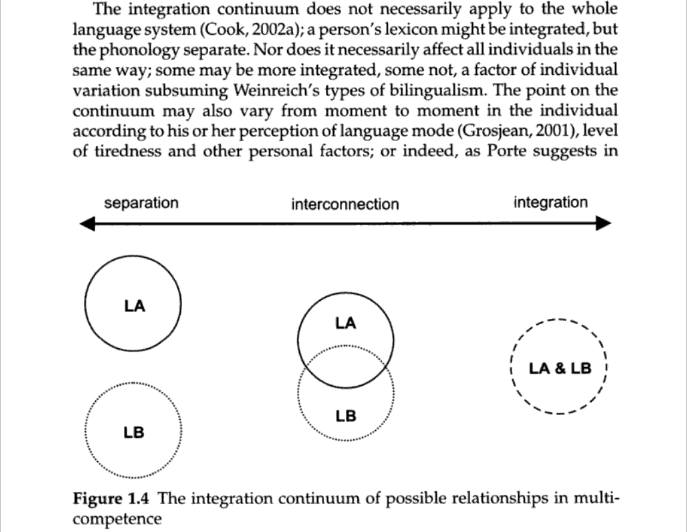
The integration continuum of multi-competence shows on one side “separation” and on the other “integration.” In general, most schools that have bilingual students try their best to employ “parallel monolinguism,” but it turns out that translanguaging (reformulating concepts into/from source/target language) provides insights not available to monolinguists.
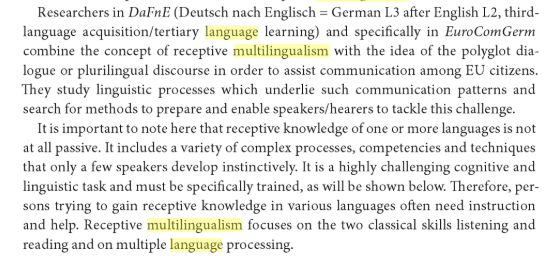
It’s considered tricky to obtain clear multilingual facility and the honing of the subtle rules and instincts, although more available to multilinguals, is not a default benefit. Not everyone exhibits exemplary intuition from learning multiple languages, but as long as somebody does they can be relayed and taught to others.
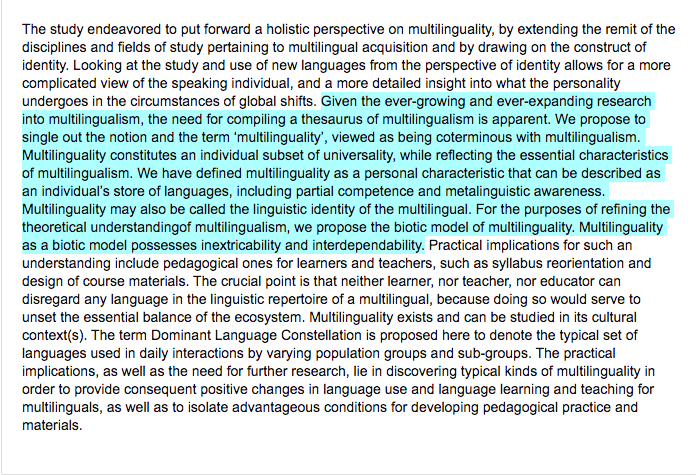

One fascinating feature of meta-linguistic theory is that the more languages one learns, the more meta-linguistic relationships and conclusions one can draw. Although there is probably a hard-limit to this expiring around 5-7 languages (diminishing returns strongly increasing thereafter) there is definitely something to be said about learning two, or three, or four languages. By becoming multilingual one has access to bigger-picture gems otherwise unapparent.


Language Blending is seen as a creative act, and therefore can be seen more like poetry and art in an aesthetic sense, especially from a Japanese viewpoint.
However, we would argue that using song lyrics that sound like native Japanese and native English at the same time, without maintaining meaning as a priority, would be a case of Language Blurring and not Language Blending.
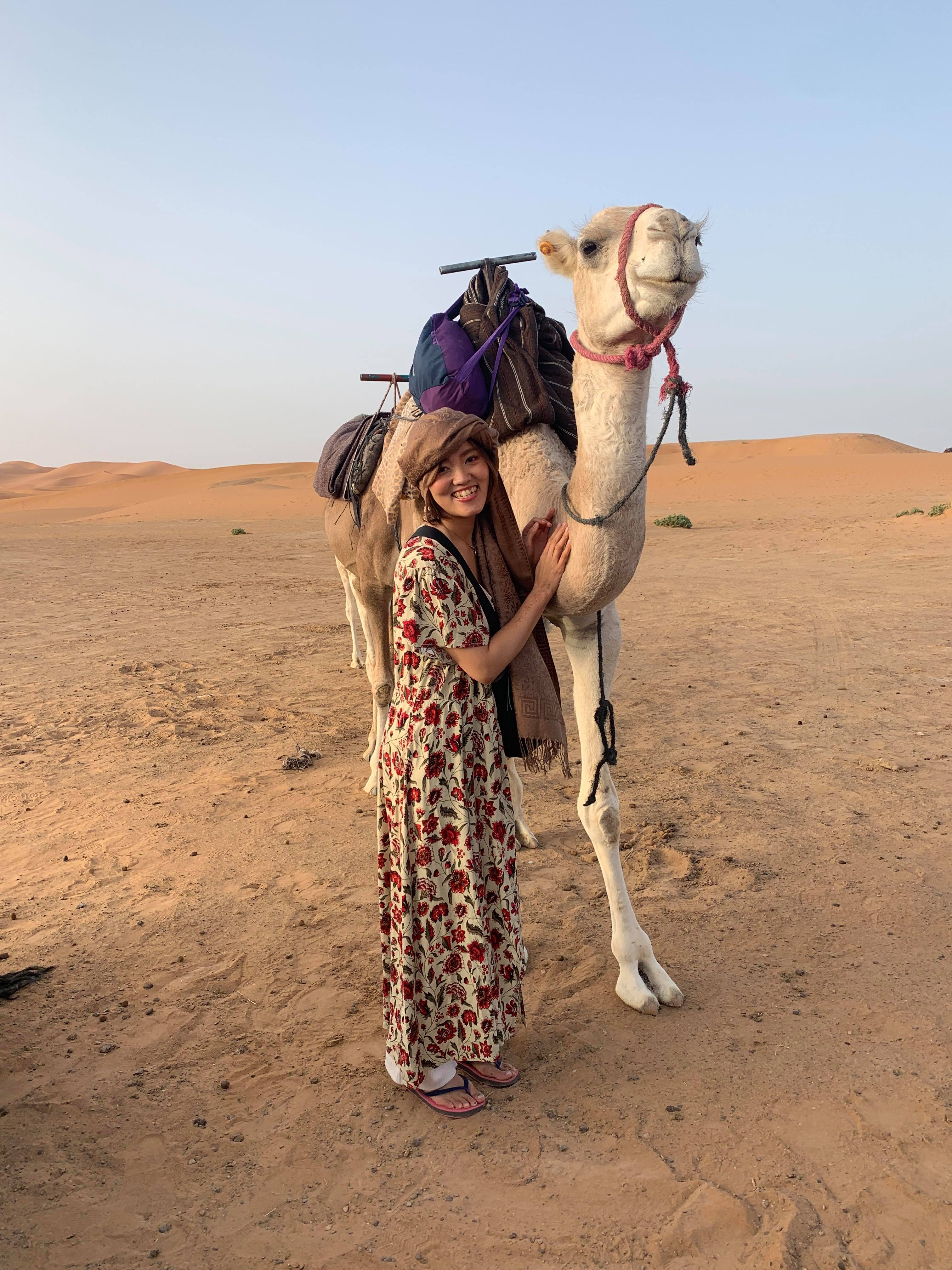
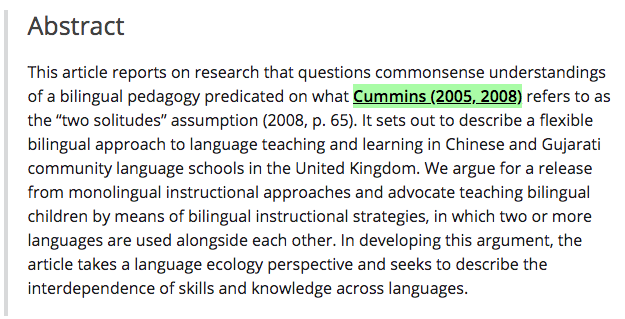
Now linguists are advocating for walls that artificially hold languages apart to be broken down, because students benefit from a language blending approach that offers many meta-linguistic reasoning benefits and higher-order faculty engagement.

Translanguaging is a common name for this practice of smashing two grammars together to create “Spainglish” or “Japlish” or other variants of language smashing. These forms are actually found to be incredibly effective in teaching concepts from multiple angles, but only when the teachers encourage language blending and employ it themselves.
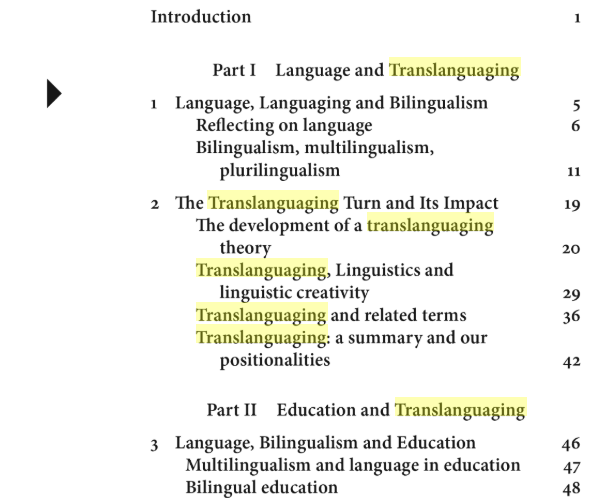
https://books.google.com/books?hl=en&lr=&id=H6k7AgAAQBAJ&oi=fnd&pg=PP1&dq=translanguaging&ots=pAiAnnmupR&sig=1ICTW_MVzaxmDBNEIdlkmQcdflQ#v=onepage&q&f=false


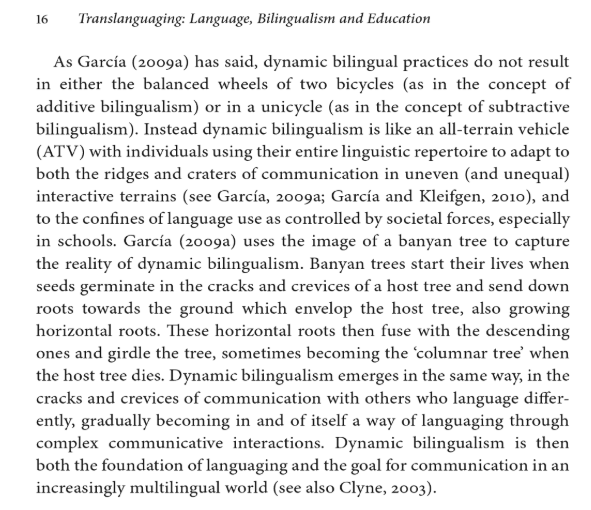

Relevant Linguistic (Statistical) Computation and Chomskyan Theory

Innately Constrained Learning: Blending Old and
New Approaches to Language Acquisition

New Approaches to Language Acquisition
(∴ Human Learners can quickly learn even an artificial language with good interactive puzzles)

https://onlinelibrary.wiley.com/doi/abs/10.1111/j.0083-2919.2006.00461.x
Translanguaging takes the bilingual lifestyle as the norm, as the baseline, and builds up effective language learning materials from the environment that creates language learning champions: bilingual, trilingual, and quadrilingual environments.
Plurilinguality increases meta-linguistic comprehension and suggests that Executive brain function improves in deciphering language information (ignoring what is un-useful, while also being able to engage and blend from various avenues).
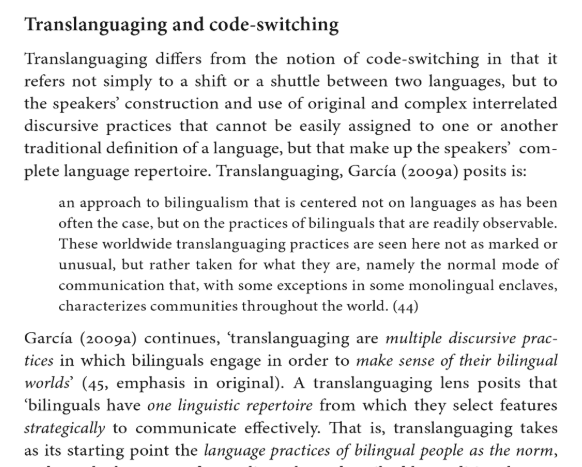
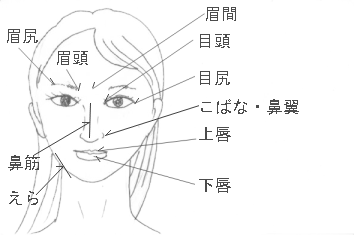
はなもNoseである。
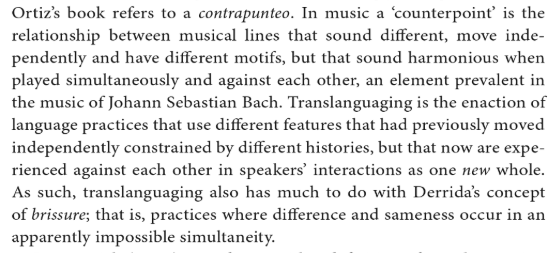
https://books.google.com/books?hl=en&lr=&id=H6k7AgAAQBAJ&oi=fnd&pg=PP1&dq=translanguaging&ots=pAiAnnmupR&sig=1ICTW_MVzaxmDBNEIdlkmQcdflQ#v=onepage&q&f=false
In Machine Learning, Bridge Languages help improve the quality of Statistical Machine Translation.

Word Alignment of parallel texts forms a crucial component of phrase-based statistical machine
translation systems. High quality word alignments
can yield more accurate phrase-pairs which improve
quality of a phrase-based SMT system (Och and
Ney, 2003; Fraser and Marcu, 2006b).
Much of the recent work in word alignment has
focussed on improving the word alignment quality through better modeling (Och and Ney, 2003; Deng and Byrne, 2005; Martin et al., 2005) or alternative approaches to training (Fraser and Marcu, 2006b; Moore, 2005; Ittycheriah and Roukos, 2005). In this paper we explore a complementary approach to improve word alignments using multi-lingual, parallel (or multi-parallel) corpora. Two works in the literature are very relevant to our approach. Borin (2000) describes a non-statistical approach where a
pivot alignment is used to combine direct translation and indirect translation via a third language. Filali and Bilmes (2005) present a multi-lingual extension to the IBM/HMM models. Our current approach differs from this latter work in that we propose a simple framework to combine word alignments from any underlying statistical alignment model without the need for changing the structure of the model. While both of the above papers focus on improving word alignment quality, we demonstrate that our approach can yield improvements in translation performance. In particular, we aim to improve an Arabic-to-English (Ar-En) system using multiparallel data from Spanish (Es), French (Fr), Russian (Ru) and Chinese (Zh). The parallel data in these languages X ∈ {Es, F r, Ru, Zh} is used to generate word alignments between Arabic-X and X-English. These alignments are then combined to obtain multiple word alignments for Arabic-English and the final translation systems.
From: Improving Word Alignment with Bridge Languages
https://www.aclweb.org/anthology/D07-1005.pdf
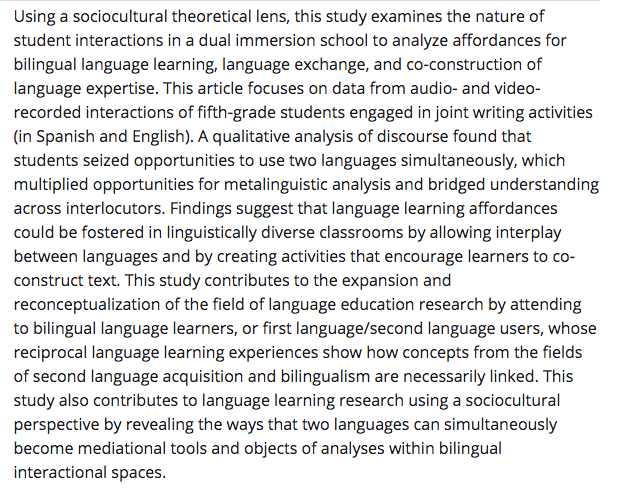
Therefore, by encouraging text composition in the classroom that embraces both languages, what we have hitherto called Language Blending, learners actually benefit immensely and their learning is accelerated in both languages, and on the meta-linguistic level.
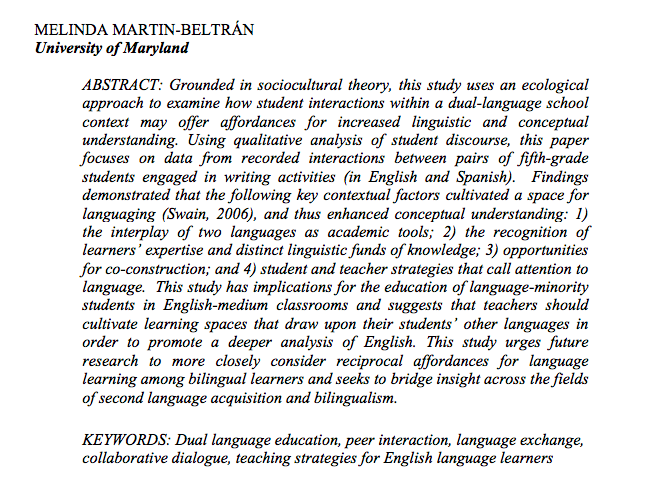
Two Way Immersion (TWI) from an article entitled “Bilingualism for All”

https://www.tandfonline.com/doi/abs/10.1207/s15430421tip3904_9?journalCode=htip20
Teachers even claim to practice and prefer “Parallel Monolinguism” but are actually using (even without their own conscious knowledge at times) Translanguaging and Translanguaging Tactics:


Multicompetence is a result of learning multiple languages, and it seems that researchers agree that multicompetence opens up the world in difficult-to-quantify ways:

“Two languages co-exist in their minds, and their complex interactions are always in the foreground.”
On Overcoming probabilistic limitations in language learning, there are a couple of main approaches:
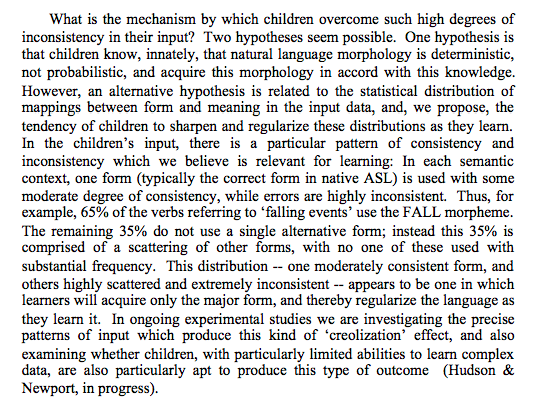
- This lends to the idea that it’s easy to become proficient in large swathes of common language without being able to know the scattered, probabilistic long-tail of more select language formations. We theorize based on these findings that this effect, creolisation, is hard to avoid if there are not good
- 1) resources,
- 2) access points, or
- 3) instructions in covering the gaps in knowledge.
Further evidence supports that learning multiple languages makes you smarter, because your Executive Control System of your brain must sort through more (irrelevant) linguistic data in order to act monolinguistically at times.
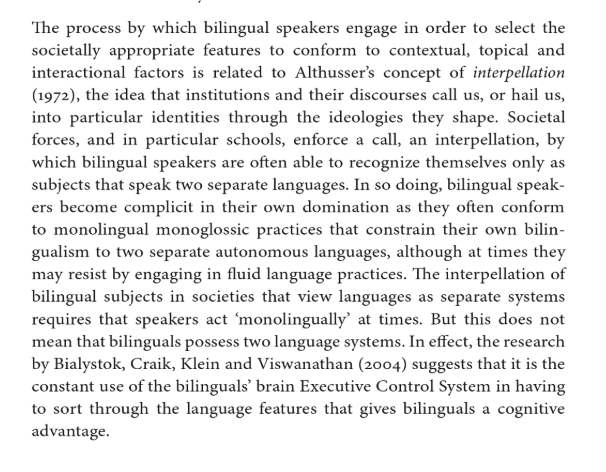

In Japanese Complete, we use language blending to teach Japanese effectively and quickly, appealing to one’s thorough and native understanding of English to accelerate the teaching and acquisition of subtlety.
Learn more about the rapid fluency acquisition curriculum, utilizing the latest understandings in Language Blending and Bridge Language creation at www.japanesecomplete.com/

3 thoughts on “Language Blending”